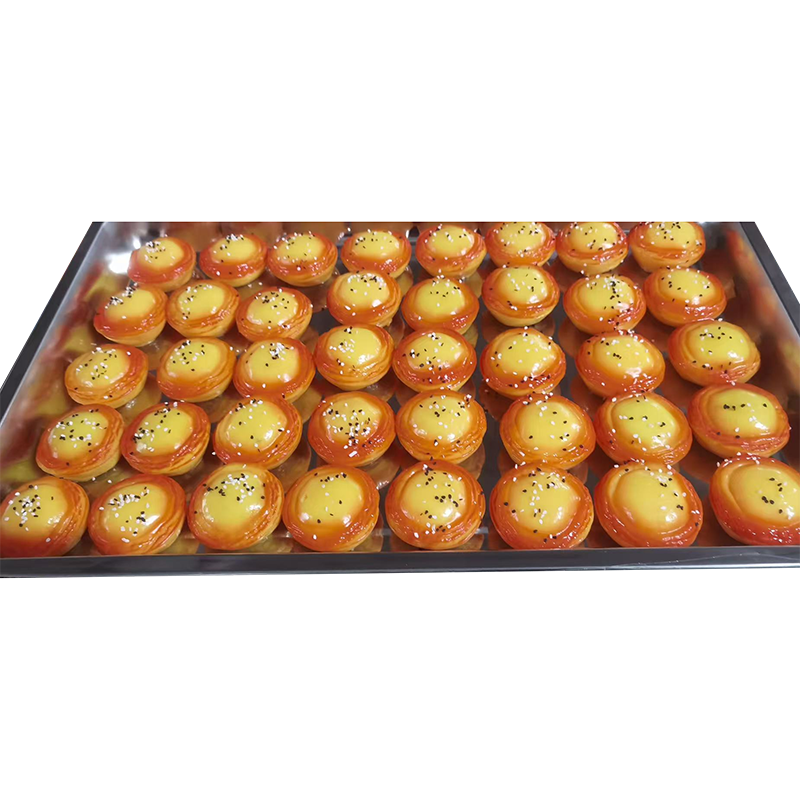
A flour filled stress ball offers a distinct sensory experience that sets it apart from other stress-relief tools. The unique texture of a flour filled stress ball plays a significant role in enhancing the overall user experience, making it an effective aid for managing stress, anxiety, and improving focus. Understanding how the texture influences comfort and functionality can help users appreciate why this type of stress ball is favored by many.
The primary characteristic of a flour filled stress ball is its soft yet moldable texture. Unlike rubber or gel-based stress balls that provide firm resistance, the flour inside creates a dough-like consistency. When squeezed, the ball gently yields to pressure, allowing the user’s fingers to sink into the surface. This pliability offers a soothing tactile sensation that can be very calming, especially during moments of heightened tension or nervousness.
This soft texture contributes to a sense of grounding and mindfulness. The tactile feedback from the flour inside encourages users to focus on the physical sensation, which can divert attention away from anxious thoughts. The subtle resistance combined with the softness promotes repetitive squeezing and releasing, a motion known to help reduce stress hormones and encourage relaxation. For individuals who respond well to sensory stimuli, this texture can be particularly effective in calming the mind.
The flour filled stress ball’s texture also supports longer and more comfortable use. Because the ball is not overly firm, it minimizes hand fatigue or discomfort that might arise from squeezing a harder object repeatedly. This allows users to benefit from extended stress relief sessions without straining their hands or fingers. Additionally, the gentle surface reduces the risk of irritation or soreness that sometimes occurs with rougher or less flexible stress balls.
Durability plays a role in the user experience as well. Although filled with flour, these stress balls are typically enclosed in a strong, stretchable outer skin—often made of latex or silicone—that maintains the shape while allowing the soft filling to move freely. This combination ensures the ball can withstand repeated use without bursting or losing its texture. The reliability of the texture encourages consistent use, as users trust that the feel will remain stable over time.
The texture of a flour filled stress ball also adds a sensory appeal that can benefit different age groups and needs. For children or individuals with sensory processing challenges, the doughy feel provides an engaging way to stimulate tactile senses. For adults, the softness offers a quiet and non-disruptive method of stress relief that can be used in offices or public spaces without drawing attention.
Another aspect is the tactile contrast between the soft flour filling and the smooth outer surface. This contrast makes the ball pleasant to handle and visually appealing, encouraging users to incorporate it into their daily routine. The texture helps maintain interest and prevents boredom, which can sometimes happen with less interactive stress relief options.
The texture of a flour filled stress ball significantly enhances the user experience by offering a soft, moldable, and soothing tactile sensation. This texture helps reduce stress and anxiety through calming sensory feedback and supports comfortable, extended use without discomfort. The durable outer layer maintains the integrity of the texture, ensuring reliable performance over time. For anyone seeking a stress ball that combines comfort with effective stress relief, the flour filled stress ball’s unique texture makes it a thoughtful and functional choice.

